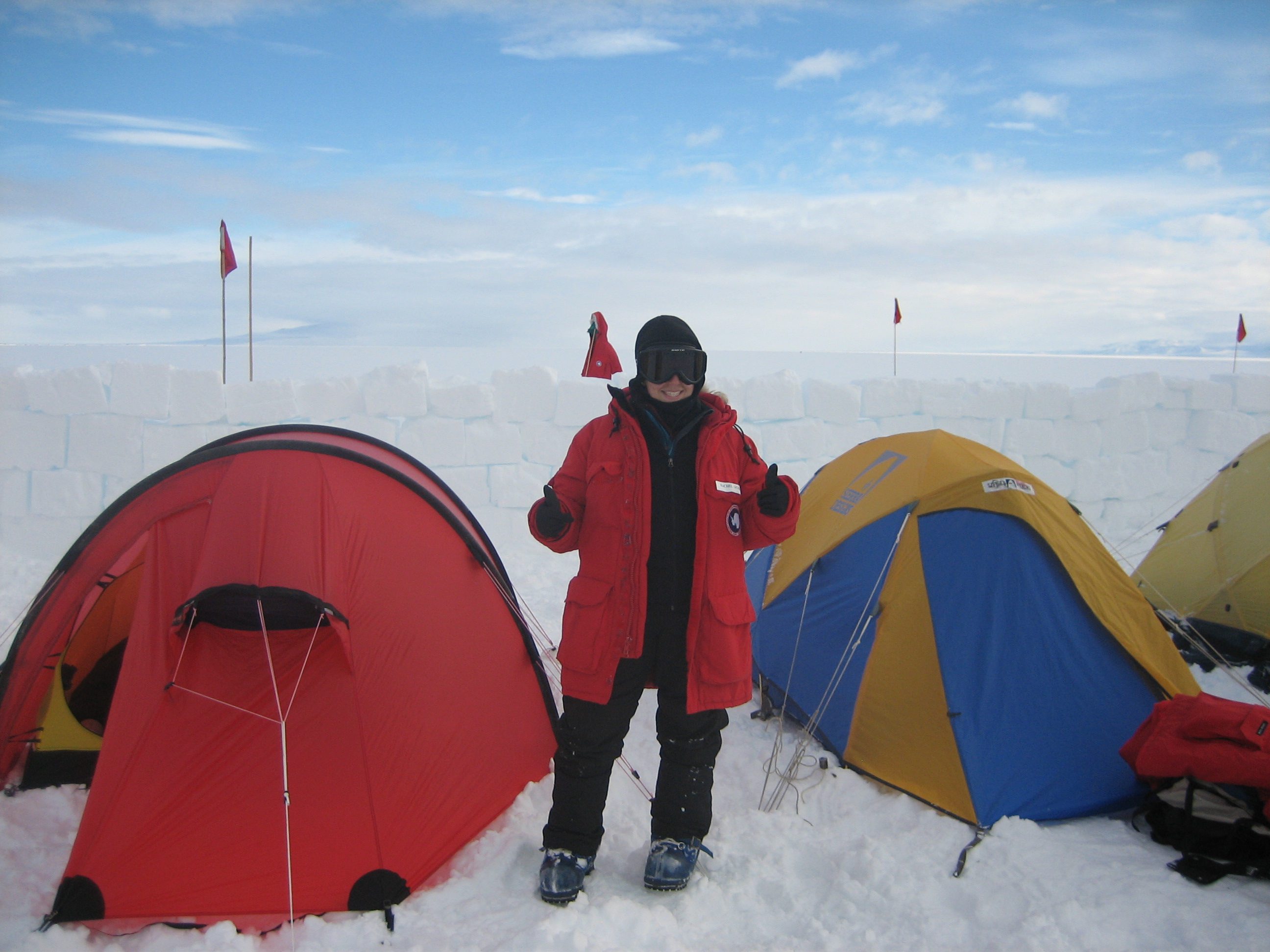The Kepler mission has confirmed its first potentially habitable world, a planet 600 light-years from Earth in a 289-day orbit around a smaller, cooler version of our sun. The planet is a "super-Earth," with a radius that measures 2.4 times that of Earth, putting it about halfway in size between Earth and Uranus. The discovery is a major milestone for the Kepler team: the first confirmation of a Kepler super-Earth in that temperate sweet spot called the habitable zone, the range of orbital distances at which a planet might be the right temperature to harbor liquid water and, potentially, life on its surface.
The planet, dubbed Kepler-22 b (in the great poetic tradition that compels astronomers to name their quarries as if they were so many lines of tax code), is not the first potentially habitable world uncovered around another star. As Dennis Overbye recounts in this New York Times story, the search for the "Goldilocks planet" has turned up a string of contenders. But membership in this elite group changes as new data streams in. A planet once thought to be "just right" turned out to be too hot; another once-prime candidate may not, it turns out, exist at all. And though astronomers have a good gauge of Kepler-22 b's girth, they don't yet know its mass, which is necessary to calculate its density and to begin to make an educated guess about its composition: rocky, like Earth, or gaseous, like Uranus or Neptune. As far as we know, only rocky planets can harbor life.
So if Kepler-22 b isn't exactly the "first" that some headlines make it out to be, why all the attention? Remember the old adage that for every cockroach you see, there could be 100 more hiding in the walls? For the Kepler space telescope, Kepler-22 b is that first cockroach. Kepler has already identified 2,326 planet candidates--"candidates" because they have not all been confirmed and some will turn out to be false positives. Of those candidates, as many as 900 are less than two times the size of the Earth, 48 orbit within their star's habitable zone, and up to ten could have the magic combination of the two: both the right size and the right distance to be truly Earthlike.
Kepler-22 b shows that Kepler is doing just what is was designed to do: sniff out potentially Earth-like planets. There's every reason to think that Kepler-22 b is just the first of a deluge of discoveries in the years to come.
For Inside NOVA's coverage of the last "Goldilocks planet," see Someplace Like HomeFor more on how extrasolar planets are discovered, watch NOVA scienceNOW's Hunt for Alien Earths
For a deeper look at habitability, check out NOVA's Finding Life Beyond Earth










Recent Comments